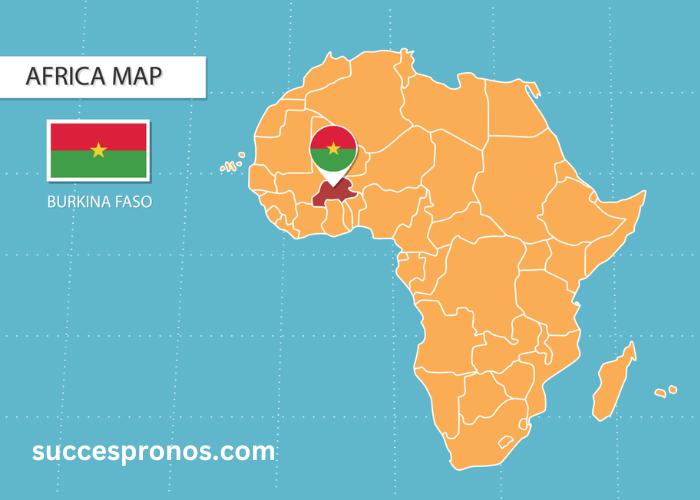
The Carte du Burkina Faso, or Map of Burkina Faso, serves as a gateway to understanding this West African nation’s diverse geography, rich culture, and unique heritage. In this comprehensive guide, we embark on a journey through Burkina Faso’s map, exploring its regions, landmarks, and cultural significance.
Geography of Burkina Faso: A Closer Look
Burkina Faso, located in West Africa, boasts a diverse landscape characterized by plains, plateaus, and savannas. This section delves into the geography of Burkina Faso, exploring its topographical features, major rivers, and natural resources that shape the nation’s identity.
Regions and Administrative Divisions
Burkina Faso is divided into 13 administrative regions, each with its own unique characteristics and cultural heritage. From the Sahel region in the north to the Cascades region in the southwest, this section provides an overview of Burkina Faso’s regions, highlighting their significance and attractions.
Major Cities and Urban Centers
Burkina Faso is home to vibrant cities and urban centers that serve as hubs of culture, commerce, and governance. Ouagadougou, the capital city, is a bustling metropolis known for its markets, museums, and festivals. This section explores the major cities of Burkina Faso, shedding light on their cultural landmarks and economic importance.
Landmarks and Tourist Attractions
Burkina Faso is dotted with a plethora of landmarks and tourist attractions that showcase its rich history and cultural heritage. From the Ruins of Loropeni, a UNESCO World Heritage Site, to the sacred crocodile ponds of Sabou, this section highlights some of Burkina Faso’s most iconic destinations.
Cultural Diversity and Traditions
Burkina Faso is renowned for its cultural diversity, with over 60 ethnic groups contributing to the nation’s vibrant tapestry of traditions and customs. This section explores Burkina Faso’s rich cultural heritage, including its music, dance, cuisine, and traditional festivals celebrated throughout the year.
Languages Spoken in Burkina Faso
Burkina Faso is a multilingual nation, with French serving as the official language and Mossi as the most widely spoken indigenous language. This section examines the linguistic diversity of Burkina Faso, highlighting the importance of language in preserving cultural identity and fostering communication.
Economy and Industry
Burkina Faso’s economy is primarily agrarian, with agriculture serving as the mainstay of livelihood for a significant portion of the population. This section explores Burkina Faso’s economy and industry, including its key sectors such as agriculture, mining, and textiles.
Challenges and Opportunities
Despite its rich cultural heritage and natural resources, Burkina Faso faces a range of challenges, including poverty, food insecurity, and political instability. This section examines the challenges confronting Burkina Faso and explores the opportunities for sustainable development and growth.
Conservation and Environmental Initiatives
Burkina Faso is committed to environmental conservation and sustainable development, with initiatives aimed at preserving its natural resources and biodiversity. This section highlights Burkina Faso’s conservation efforts and explores the importance of protecting its ecosystems for future generations.
Conclusion
The Carte du Burkina Faso serves as a window into the rich tapestry of culture, geography, and heritage that defines this West African nation. By exploring Burkina Faso’s map, regions, landmarks, and cultural diversity, we gain a deeper appreciation for its resilience and spirit of unity amidst diverse challenges.